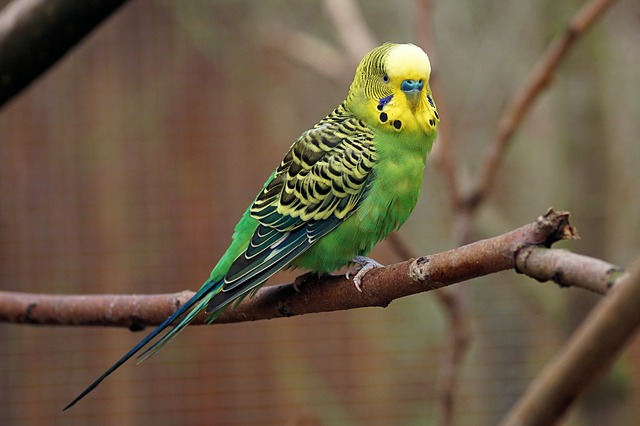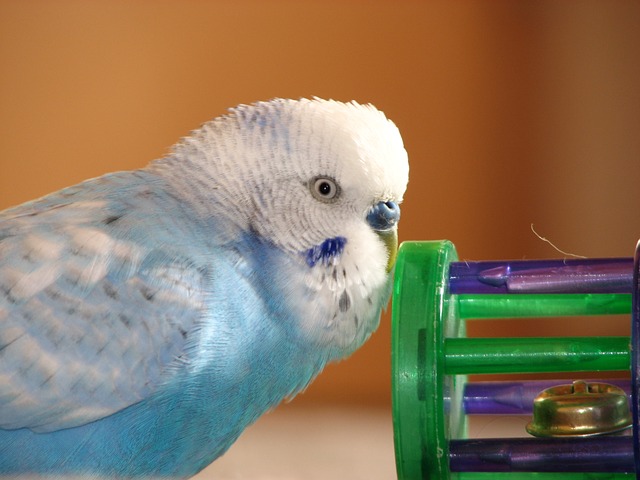Parakeets are sometimes called Australian sparrows. To date, it is the most often bred domestic parrots. The parakeet came to Europe from its native Australia through naturalist John Cat, who came from England. This happened in 1840. Because it does not require strict care, soon the parakeet became a favorite pet of a rich layer of the population. Thanks to breeders, there was a faster breeding of this species of parrots. With gradual breeding, development took place in the form of different colors.

Parakeet is not only an affordable and unpretentious pet. He enjoys his popularity and favor thanks to his kind and very friendly nature. The parakeet lives about 14 years. Before buying Budgie, you should consider whether to buy it in a pet shop or, at best, directly from a breeder. It is important to properly inspect the bird and purchase healthy individuals.
Signs of a healthy budgerigar
· Beak and eyes should show no signs of discharge,
* Clean anus,
* The beak and eyes should not be light gray and should not have scalloped irregularities
How to feed the budgerigar
The basic menu consists of a special mixture designed exclusively for the budgerigar. Suitable variants are also mixtures for small birds. Millet is important for budgies, including Senegal, peeled oats and flax seeds, so it is necessary to read the composition indicated on the label. Indispensable in the diet of the budgerigar are fruits – especially apples, pears, bananas, carrots or salads from vegetables are suitable. An important element of the diet also consists of green fodder, especially duckweed, plantain and dandelion leaves. For the supply of the necessary minerals, squid is needed, which also serves the purpose of crushing the beak of the budgerigar. The chick is given an egg mixture, and vitamins are important.
Avoid – Do not feed parakeets with cheese, butter, potatoes, cabbage, beans, or chemically treated vegetables.

Home or Proper Cage
Before you take your new friend home, you need to provide her with proper shelter. The ideal is a cage at least about 80 centimeters long, especially if the budgerigar is mainly in the cage. Conversely, if you have an open space and the cage is likely to be a place to sleep or rest, a slightly smaller cage is a potential option. Of course, the equipment of the cage should also be swing, perch and twigs. Do not forget about the necessary bowls for feed and drinking bowls for water. And some hanging toys. Believe me, budgies love to play.
As for the location of the cage, the appropriate space is the living room. It is important that the cage has enough sunlight and is out of the reach of direct strong sun. It is best to put the cage on the wall.
